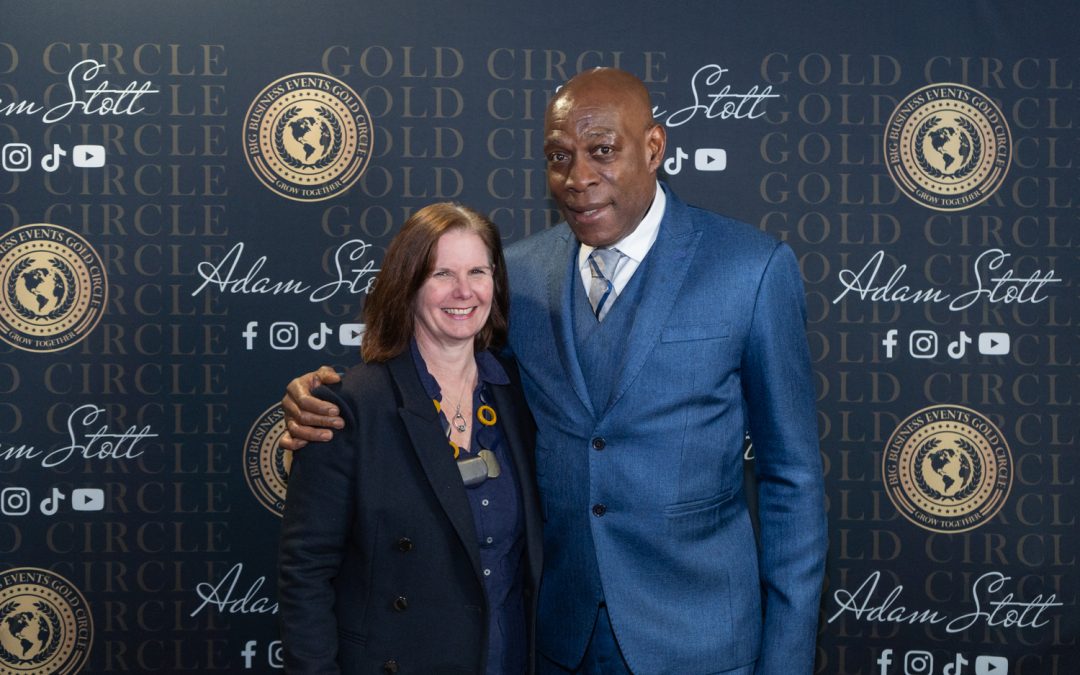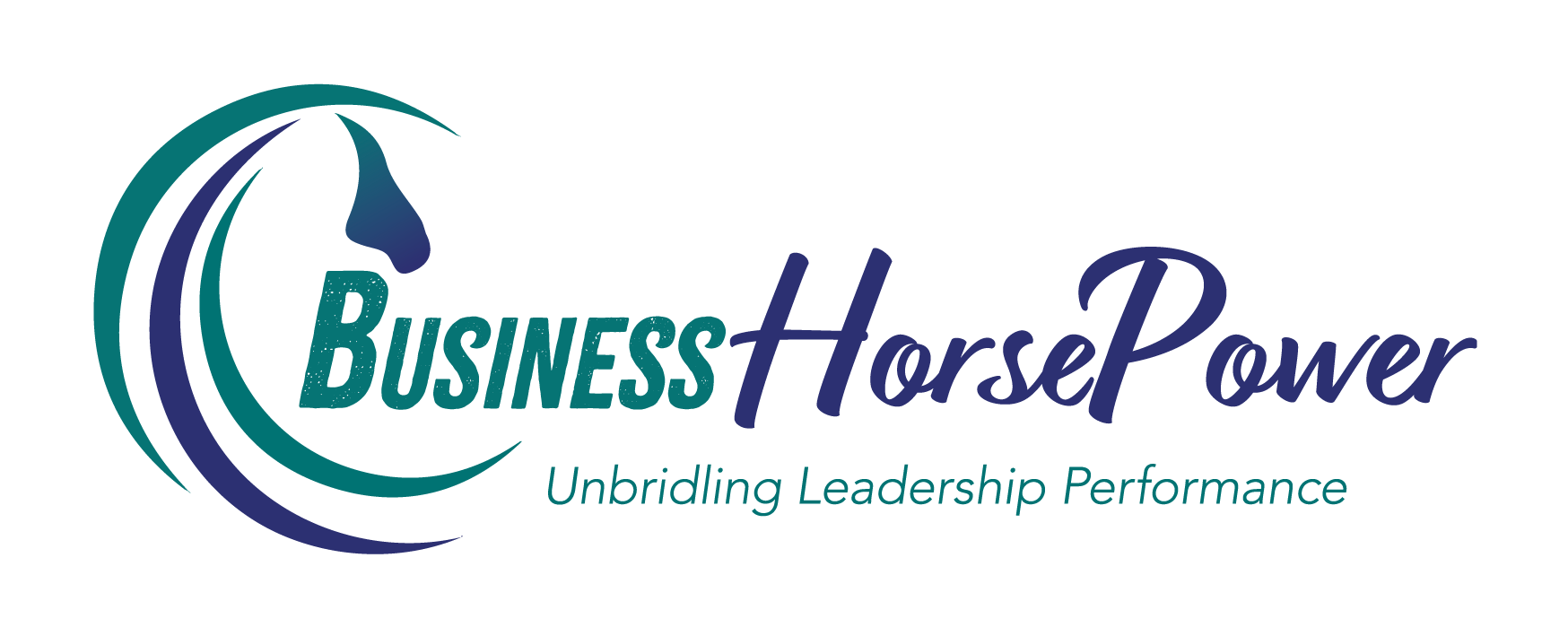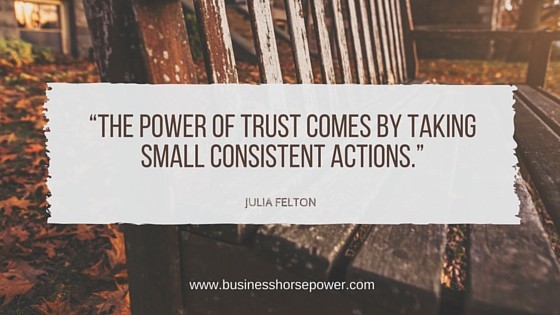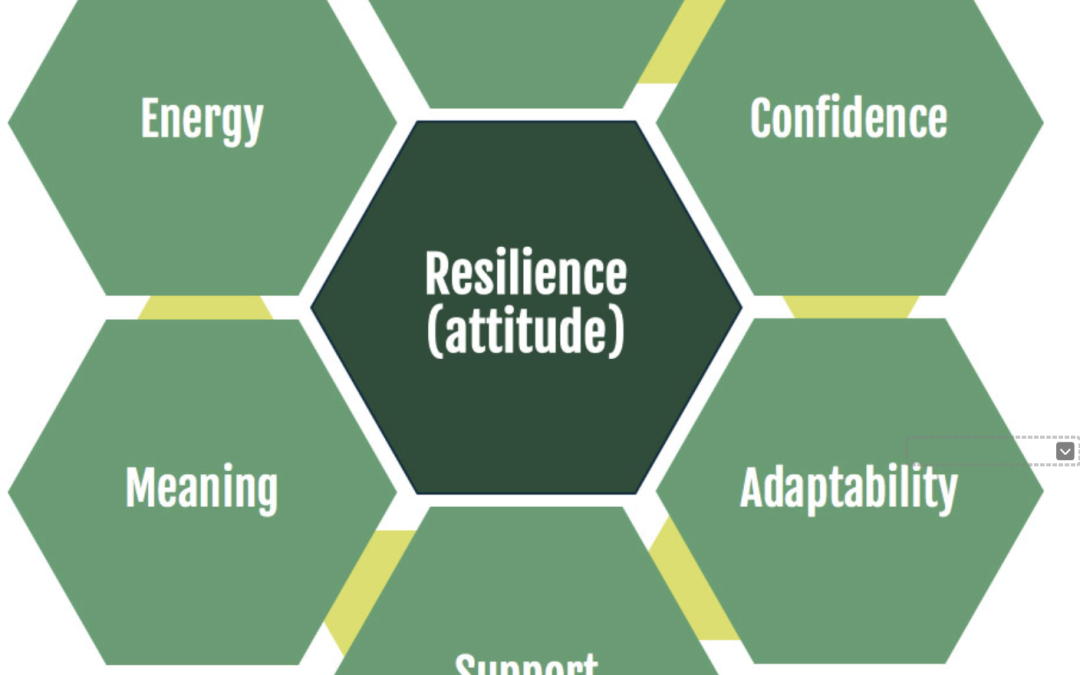
Three Powerful Lessons from Frank Bruno: Resilience and Discipline
Few people have the opportunity to meet a true sporting legend, but recently, I had the privilege of meeting Frank Bruno, the former world heavyweight boxing champion. Meeting him invoked childhood memories as my dad always used to impersonate him and his banter with legendary sporting commentator Harry Carpenter, as he was infamous for always saying “Know what I mean, Harry?”
Listening to his stories and reflecting on his journey, I realised there were profound lessons in his resilience, discipline, and mental strength. Frank’s life, both in and outside the ring, offers valuable insights for business leaders, teams, and anyone striving to overcome challenges and achieve greatness.
Here are three key lessons I took away from my encounter with Frank Bruno.
1. Resilience: Bouncing Back from Setbacks
Frank Bruno’s boxing career was filled with both triumphs and setbacks. He fought some of the greatest heavyweights of his era, including Mike Tyson and Lennox Lewis. Despite crushing defeats, he never abandoned his dream of becoming a world champion. In 1995, after multiple attempts, he finally won the WBC heavyweight title, proving that persistence and resilience pay off.
In business and leadership, setbacks are inevitable. The key is how we respond to them. Many teams and leaders get discouraged when things don’t go as planned, but resilience means learning from failures, adapting strategies, and coming back stronger.
Key takeaway: Don’t let setbacks define you. Instead, let them refine you. Just as Frank Bruno kept stepping back into the ring despite losses, business leaders must embrace challenges, pivot when necessary, and keep moving forward toward their goals.
2. Discipline and Hard Work: The Foundation of Success
Boxing isn’t just about physical strength; it demands immense discipline and dedication. Frank Bruno was known for his rigorous training regime and unwavering commitment to his craft. He understood that success in the ring wasn’t achieved overnight—it was built through years of sacrifice, discipline, and relentless effort.
In leadership and teamwork, the same principles apply. Success doesn’t happen by chance. It results from consistent effort, strategic planning, and disciplined execution. Whether developing a high-performing team or executing a business strategy, discipline forms the foundation that turns aspirations into reality.
Key takeaway: Success is built on daily habits and small, consistent efforts. Whether you’re leading a team or running a business, discipline and hard work will always be your best allies in achieving long-term success.
3. Mental Toughness: Strength in Adversity
Frank Bruno’s battles weren’t just in the boxing ring. He has openly shared his struggles with mental health, showing incredible courage in discussing a topic often stigmatised, especially in sports. His openness and determination to overcome personal challenges are as inspiring as his victories in the ring.
Leaders and business owners face intense pressure, uncertainty, and moments of self-doubt. The ability to remain mentally strong, even in adversity, separates great leaders from the rest. Mental toughness doesn’t mean ignoring emotions or pretending problems don’t exist. It means developing the inner strength to navigate difficulties with clarity, confidence, and resilience.
Key takeaway: Mental health and emotional resilience are just as important as physical strength. Prioritise self-care, seek support when needed, and cultivate a mindset that enables you to navigate challenges with courage and perseverance.
Final Thoughts
Meeting Frank Bruno was an unforgettable experience that reinforced the importance of resilience, discipline, and mental toughness. Whether in sports, business, or life, these qualities are essential for overcoming obstacles and achieving greatness.
As business leaders, we may not be stepping into a boxing ring, but we face our own battles daily. By embracing the lessons from Frank’s journey—staying resilient in setbacks, committing to discipline and hard work, and strengthening our mental resilience—we can achieve extraordinary success in our own arenas.
So, the next time you face a tough challenge, ask yourself: What would a champion do? Then, step forward with the mindset of a true fighter.














